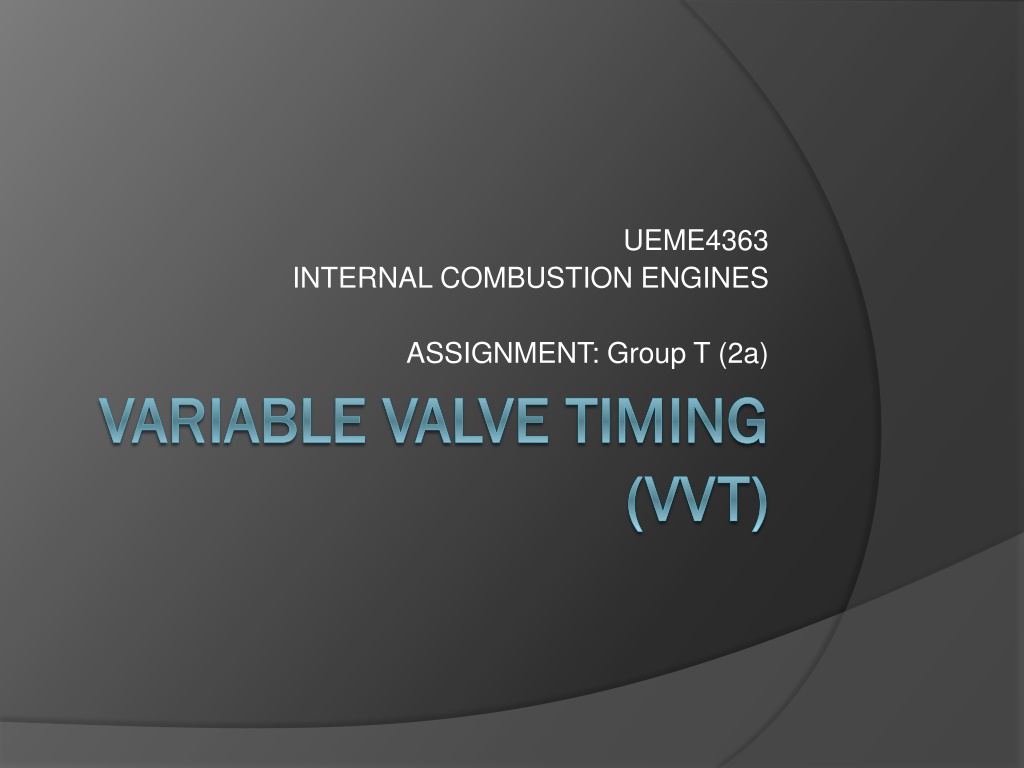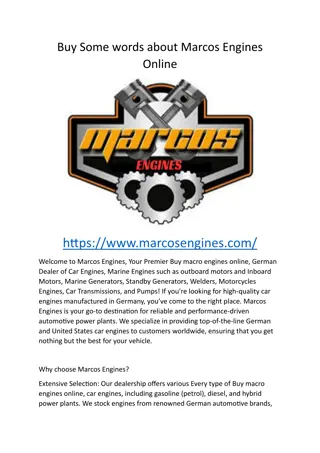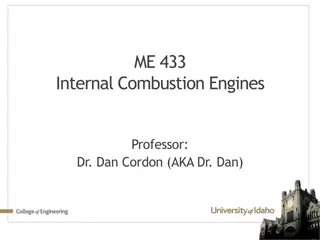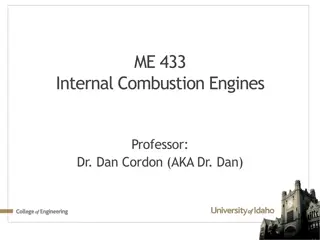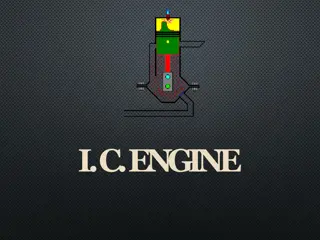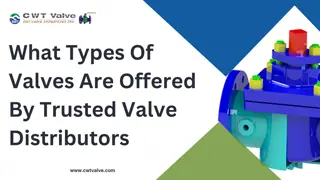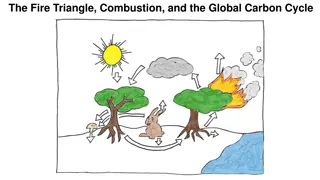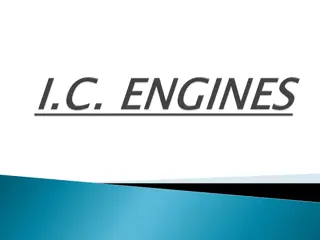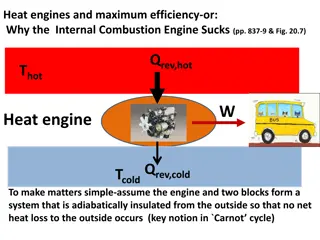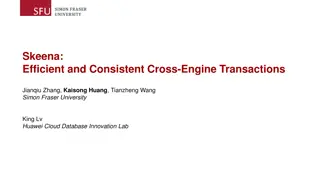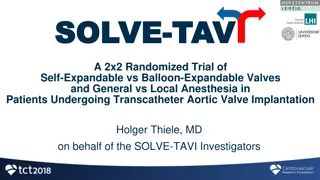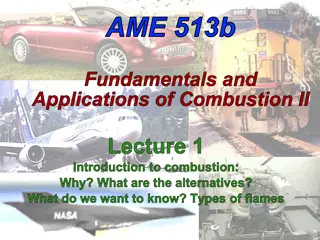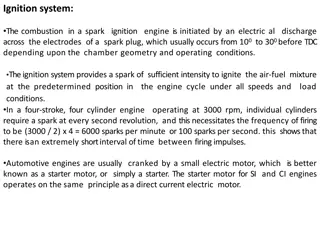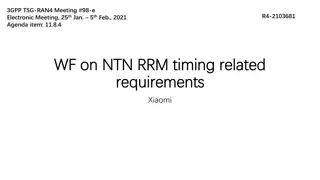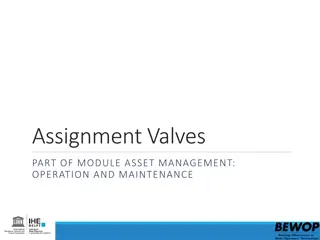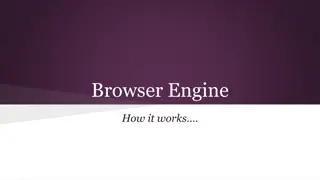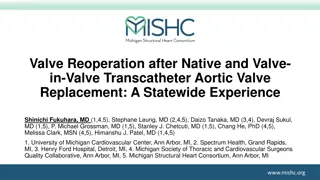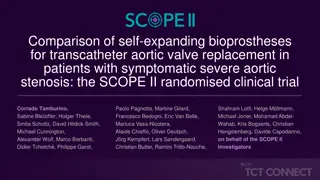Understanding Variable Valve Timing (VVT) in Internal Combustion Engines
Variable Valve Timing (VVT) optimizes engine performance by adjusting valve duration, timing, and lift according to engine speed, enhancing torque, power, and fuel efficiency. VVT operates by varying intake valve opening/closing, regulating valve timing, and adjusting lift for better volumetric efficiency. It ensures optimal valve operation at both low and high speeds, enhancing engine performance across different RPM ranges.
Download Presentation

Please find below an Image/Link to download the presentation.
The content on the website is provided AS IS for your information and personal use only. It may not be sold, licensed, or shared on other websites without obtaining consent from the author. Download presentation by click this link. If you encounter any issues during the download, it is possible that the publisher has removed the file from their server.
E N D
Presentation Transcript
UEME4363 INTERNAL COMBUSTION ENGINES ASSIGNMENT: Group T (2a) VARIABLE VALVE TIMING VARIABLE VALVE TIMING (VVT) (VVT)
What is VVT? VVT= Variable Valve Timing Enable to have both low-end torque and high-end power increase fuel efficiency by varying the duration, timing and lift of the intake and exhaust valves relative to the engine speed.
How VVT helps? By three main approach: varying the duration of intake valve opens accordingly; regulating the timing of the intake and exhaust valves; adjust the valve lift (distance which a valve opens) depending on the engine speeds.
How VVT helps? Volumetric Efficiency: v= ma/ aVd Where: ma = mass of air into the engine (or cylinder) for one cycle a = air density evaluated at atmospheric conditions outside the engine Vd= displacement volume
How VVT helps? In term of duration/timing: At LOW speeds: VVT ensures the intake valves are close as soon as the piston hit the BDC position At HIGH speeds: VVT allows the intake valves to be held open earlier or longer to let the air fill up
How VVT helps? In term of valve lift: At LOW speeds: Small valve lift; low engine speeds generally have low intake manifold pressures high velocity of intake air to create enough pressure different to draw in air into the cylinder At HIGH speeds: Big valve lift; to take in more air and fuel to generate more engine power in the higher RPM ranges
Variable Valve Timing and Electronic Lift Control(VTEC) Fuel economy mode Power mode
Variable Valve Timing and Electronic Lift Control(VTEC) i-VTEC, latest from Honda the main disadvantages of the VTEC system are the weight and complexity of the system itself. Compare to other VVT like VVT-i, it is more complex as it compromise of both valve timing and valve lift. Hence, this cause the VTEC engine is more expensive to produce.
Variable Valve Timing with Intelligence (VVT-i)
Variable Valve Timing with Intelligence (VVT-i) cannot vary the valve lift; has less top end power However, VVT-i is the simplest and cheapest form of VVT when compare to other current available VVT because unlike other systems that employ individual mechanism for every cylinder, each camshaft needs only one hydraulic phasing actuator.
Valvetronic The most radical feature of this system is: no throttle butterfly is used varies the amount of intake valve lift to regulate engine speed
Valvetronic better fuel economy as sucking air via a partially closed butterfly in the throttle body as power is loss in the process response faster when throttle is pressed Yet, even more complex which directly escalate the cost; additional components also cause additional friction and inertia and do not help in improving top end power
